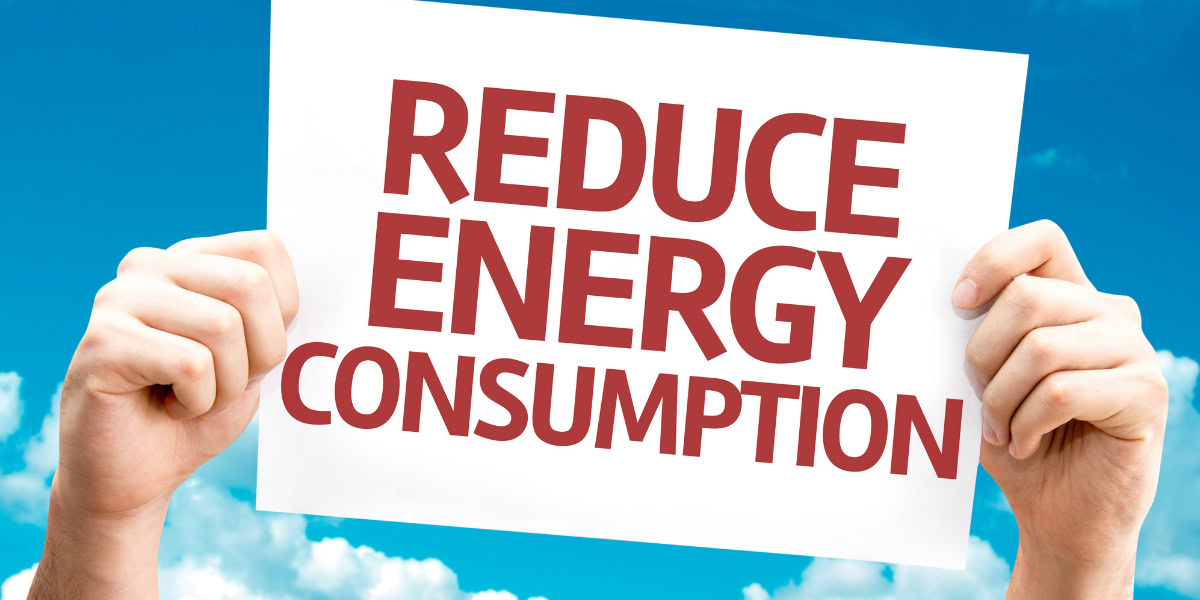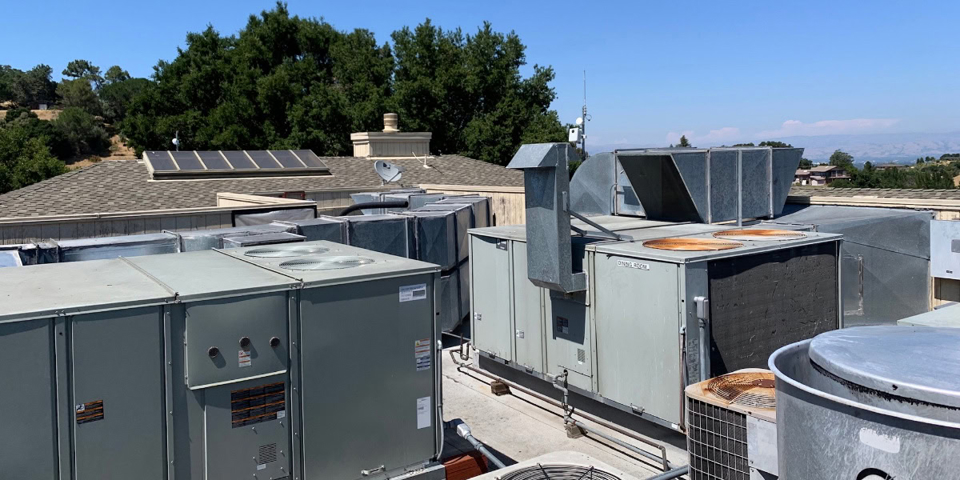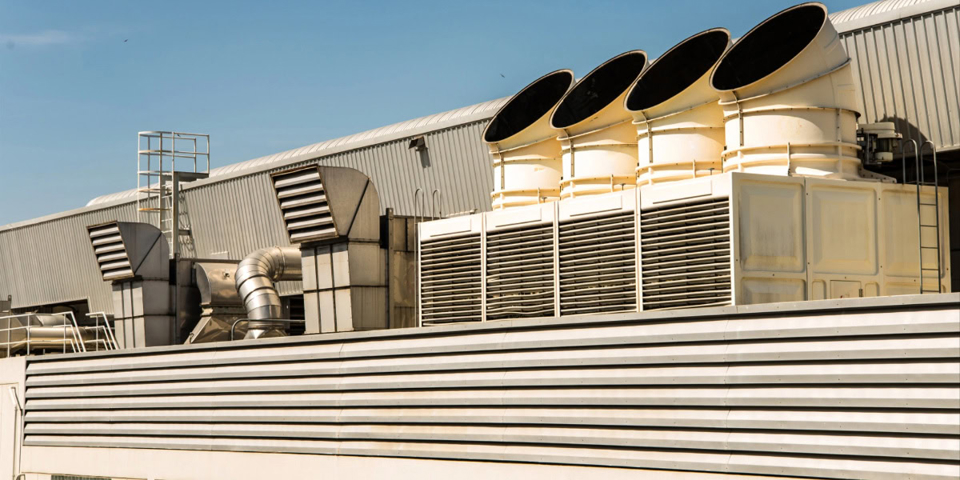In today’s rapidly evolving business landscape, optimizing energy efficiency has become paramount for organizations aiming to reduce operating costs and minimize their carbon footprint. Among various energy-consuming systems within commercial buildings, chillers play a crucial role in maintaining optimal temperature conditions. By embracing modern energy-efficient chiller technologies, businesses can significantly enhance their sustainability efforts while realizing substantial cost savings. This article delves into the importance of energy-efficient chillers, explores advancements in chiller technology, and provides insights into how businesses can make informed decisions to achieve optimal energy efficiency.
The Importance of Energy-Efficient Chiller Systems
Cost Savings
Energy expenses often constitute a significant part of a business’s operational budget. Energy-efficient chillers can help reduce these costs through lower electricity consumption. According to Energy Star, a typical building can save up to 30% on energy bills by implementing energy-efficient equipment, including chillers.
Environmental Sustainability
Commercial buildings account for a significant portion of global energy consumption. By opting for energy-efficient chillers, businesses can play a substantial role in reducing greenhouse gas emissions and combating climate change. The U.S. Department of Energy estimates that if all commercial buildings upgraded to energy-efficient equipment, it would be equivalent to eliminating the emissions from more than 19 million vehicles annually.
Modern Energy-Efficient Chiller Technologies:
Variable Speed Drives (VSD)
Traditional chillers operate at a fixed speed, disregarding the fluctuating cooling load demands of a building. VSD technology allows chillers to adjust their speed according to varying cooling needs. By precisely matching the output with the required cooling load, energy consumption is optimized, resulting in substantial energy savings.
Magnetic Bearing Compressors
Magnetic bearing compressors offer a significant advancement in chiller technology. By utilizing magnetic levitation technology, these compressors eliminate the need for mechanical bearings, reducing friction and energy losses. Magnetic bearing compressors also allow for more precise control over chiller operation, resulting in enhanced energy efficiency.
Heat Recovery
Heat recovery technology captures the waste heat generated during the chiller’s cooling process and repurposes it for other applications such as space heating or domestic hot water production. This energy-saving approach not only reduces operating costs but also minimizes the overall environmental impact of the building.
Challenges Associated with Energy-Efficient Chiller Systems
While energy-efficient chiller systems offer numerous benefits, certain challenges need to be considered:
Initial Investment Costs
Energy-efficient chillers, especially those incorporating advanced technologies, may have a higher upfront cost compared to traditional options. However, it is important to note that these investments typically pay for themselves through long-term energy savings.
Retrofitting Challenges
For existing buildings, retrofitting energy-efficient chillers can pose logistical challenges. Proper planning, evaluation of current infrastructure, and expert assistance are essential to successfully implement these upgrades.
Maintenance and Service Needs
Energy-efficient chillers may require specialized maintenance and service protocols due to their advanced components. Partnering with experienced refrigeration specialists can ensure optimal performance while minimizing downtime.
Building-Specific Considerations
Each commercial building has unique requirements and demands. It is crucial to conduct a thorough analysis of the cooling needs, building layout, and potential integration with other HVAC systems when selecting an energy-efficient chiller system. Customized solutions tailored to the facility’s design and usage patterns yield the most effective results.
Optimizing energy efficiency through energy-efficient chillers offers businesses the dual benefit of reducing operating costs and minimizing environmental impact. With advancements such as variable speed drives, magnetic bearing compressors, and heat recovery technology, organizations can achieve substantial energy savings while enhancing sustainability efforts. Despite initial investment costs and retrofitting challenges, partnerships with experienced refrigeration specialists can guide businesses toward adopting the most suitable energy-efficient chiller solutions tailored to their specific needs. By embracing this eco-friendly approach, businesses play a vital role in leading the way towards a more sustainable future.
Frequently Asked Questions
Are there any government incentives available to support the adoption of energy-efficient chillers?Yes, various government programs offer incentives, rebates, or tax credits for businesses investing in energy-efficient equipment. These incentives vary by location, so it’s advisable to research local programs or consult with experts to take advantage of available support.
How long does it generally take for a business to recover the investment in energy-efficient chillers?The payback period for energy-efficient chillers depends on several factors, including the size of the facility, energy consumption, and local electricity rates. On average, businesses can expect to recoup their investment within 3 to 7 years through energy savings.
Can I retrofit an energy-efficient chiller into my existing commercial building?Yes, retrofitting existing buildings with energy-efficient chillers is possible, but it requires careful evaluation of space, infrastructure compatibility, and expert guidance. An experienced refrigeration specialist can assess the feasibility and provide suitable solutions.
Is regular maintenance necessary for energy-efficient chillers to maintain their performance?Yes, like any equipment, energy-efficient chillers require regular maintenance to sustain optimal performance. Implementing a comprehensive maintenance plan, including cleaning, inspection, and calibrations, ensures longevity and continued energy efficiency.






